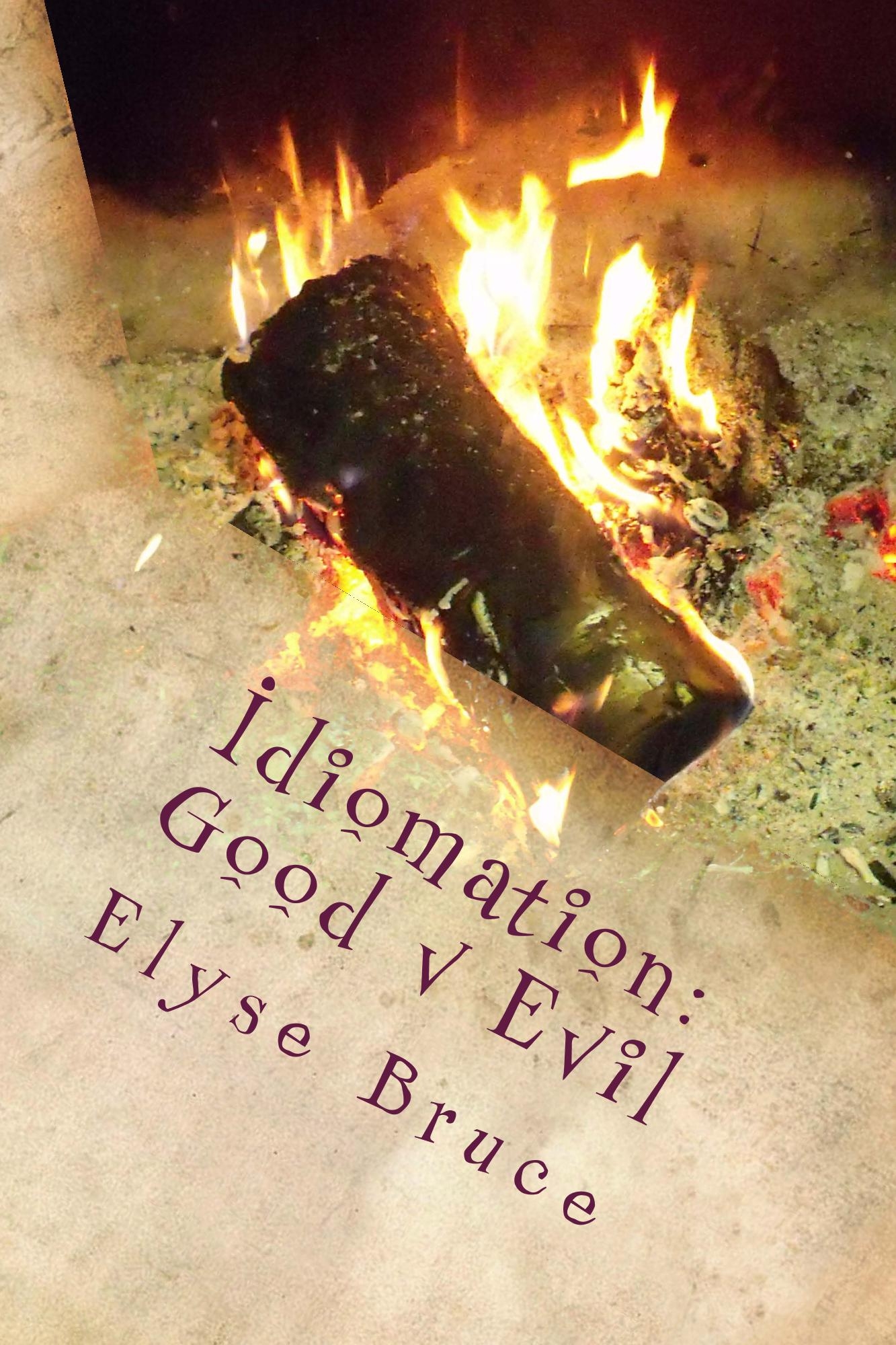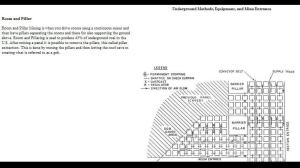If you’ve ever been gobsmacked, you know that whatever happened absolutely and completely astonished or astounded you … and not necessarily in a positive way either! That means that you’re speechless due to surprise.
On November 19, 2013 the Valley Advocate published an entertainment article written by Chris Rohmann about local readings of Court Dorsey‘s new play. The play was inspired by James Douglass‘ 2010 book “JKF and the Unspeakable: Why He Died and Why It Matters.” The article was entitled, “Stagestruck: Gobsmacked By History.”
In the 1980s, the word was used by Alan Bleasdale in his television series about five Liverpudlian tarmac layers titled, “Boys from the Blackstuff” and in the daytime soap opera, “Coronation Street” which was set in a fictional suburb of Manchester.
Jack Reynolds wrote the book “A Woman of Bangkok” which was first published in 1956, then republished in 1959, and subsequently reprinted by Monsoon Books (Singapore) in 2011. The Asian Wall Street Journal touted the book as being “among the ten finest novels written about Asia” and reviews are a mixed bag of polarized opinions. The following is found early in the book:
I’m so amazed that only the Malderbury dialect can express my condition: I’m ‘properly gob-smacked.’ I’d been thinking I was holding my own in this male company. I’m drinking as fast as they are. With two well-chosen words I created the biggest laugh of the evening — and in a foreign language, too. But there is more to being a man than being a good fellow.
So what exactly is a gob? In the July 1912 edition of the Ossett Observer it was reported that William Henry Hayes, aged 56, and a pit deputy had been killed at Wrenthorpe pit which was part of the Low Laithes Colliery. The article read in part:
Ezra Ramsden, of 11 East Parade, Eastborough, Dewsbury, coal miner, said that the accident happened on Friday at 12:30 p.m. In a few minutes he would have finished the job of filling up a “gob.” There had been a fall of roof three or four days before in the Silkstone seam, and deceased, who was assisting to remove the dirt, was working about half a yard from the witness. Suddenly, a stone fell down on the deceased, who was sitting on his right foot and left, and was in the act of using his shovel. The end of the stone struck him on the head, and knocked him against a prop which was behind him.
The expression, as you can see, appears to have its roots in coal mining lingo. The space left behind by mining is known as the gob and it is packed with waste rock and left to collapse.
The term gob was used in Volume 2 of “Mining: A Journal Devoted to the Interests of Miners and Mining Students” which was published in 1894, and in Volume 5 of “Transactions of the Federated Institution of Mining” published in 1893 by the Federated Institution of Mining Engineers, in an article by Joel Settle entitled, “Spontaneous Combustion In Coal-Mines.”
The term was included in the 1883 book by William Stukelby Gresley, “Glossary Of Terms Used In Coal Mining.” It was identified as an alternate word for “goaf” or “goave” and meant:
That part of a mine from which the coal, etc., has been worked away and the space more or less filled up.
The term was in use at the early coal mines of Newcastle in the district county of Northumberland in New South Wales in 1804. Connecticut settlers in the Wyoming Valley began mining in 1762, and knowingly left gobs as they went.
History points to the fact that before the Industrial Revolution, coal was mined from two types of mines, both of which made for easy coal mining: drift mines and bell pits. But in 1700, the demand for coal increased dramatically and coal shafts began to read hundreds of feet into the ground in search of coal seams. Once a coal seam was found, it was mined horizontally thereby creating gobs.
As mentioned previously, the space left behind by mining was known as the gob or goaf and it was packed with waste rock where it was left to collapse. What this meant was that it was expected that at some point the gob would inevitably collapse albeit without prior notice of the impending collapse. Since gobs retained moisture to varying degrees (sometimes 9 and 12 inches of water) in each of these caves, when a gob roof collapsed, it smacked the ground. If you’ve been in a cave, you know how loud the smallest noise can be as it reverberates against the walls. Miners who were startled when a gob roof caved in were said to be gobsmacked.
Based on historical information and the accepted use of the word gob by miners and professional engineers coupled with factual information on the collapse of gobs and their impact on miners, Idiomation pegs the idiom to 1700.


